Chilling new Ivan Milat theory that changes everything
Serial killer Ivan Milat’s horrific crimes have haunted Australia. Now some explosive new claims might change everything. WARNING: Distressing
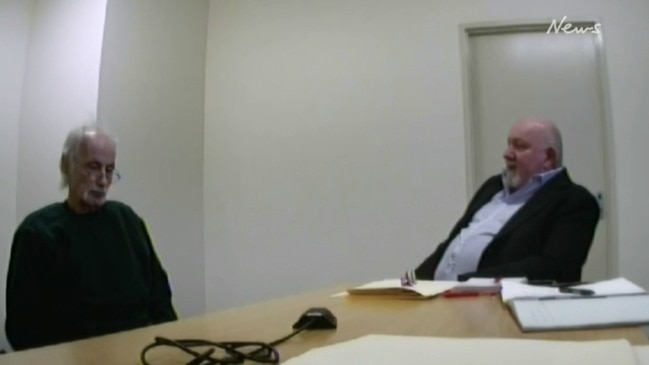
There are few figures in our country’s dark past that have the ability to make stomachs turn and hairs stand on end quite like serial killer Ivan Milat.
The gruesome murders of seven young hitchhiking backpackers, found in the Belanglo State Forest between 1989 to 1992, was one of the most brutal string of slayings this country has ever known.
As news of these sickening crimes spread around the world, Australia was no longer seen as the land of milk, honey and eternal sunshine; a place where foreigners could enjoy our pristine beaches and laid back lifestyle.
Instead, Australia became unsafe, dangerous and downright scary – a place where people would go and never come back.

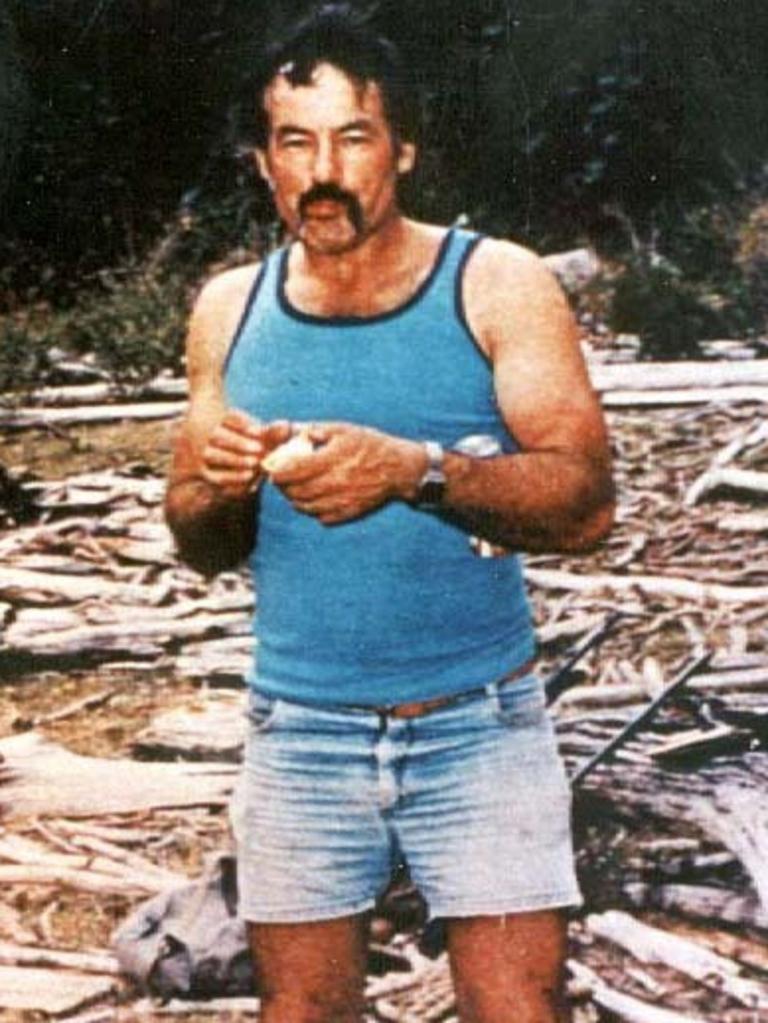
The victims
Melbourne couple Deborah Everist, 19, and James Gibson, 19, were reported missing in December 1989, where they were last seen checking out of a Sydney backpackers hostel before planning to hitchhike to Albury.
Their bodies were discovered in October 1993, with both having been stabbed repeatedly.
In January 1991, solo traveller Simone Schmidl, 21, told friends in Sydney that she was off to Melbourne to meet up with her mother, who had flown over from Germany to see her.
She was last seen at a train station preparing to leave for Western Sydney, where she was going to hitchhike down to Victoria.
Her body was discovered in November 1993 and it was found she was killed after suffering numerous stab wounds, one of which went through her spinal column.

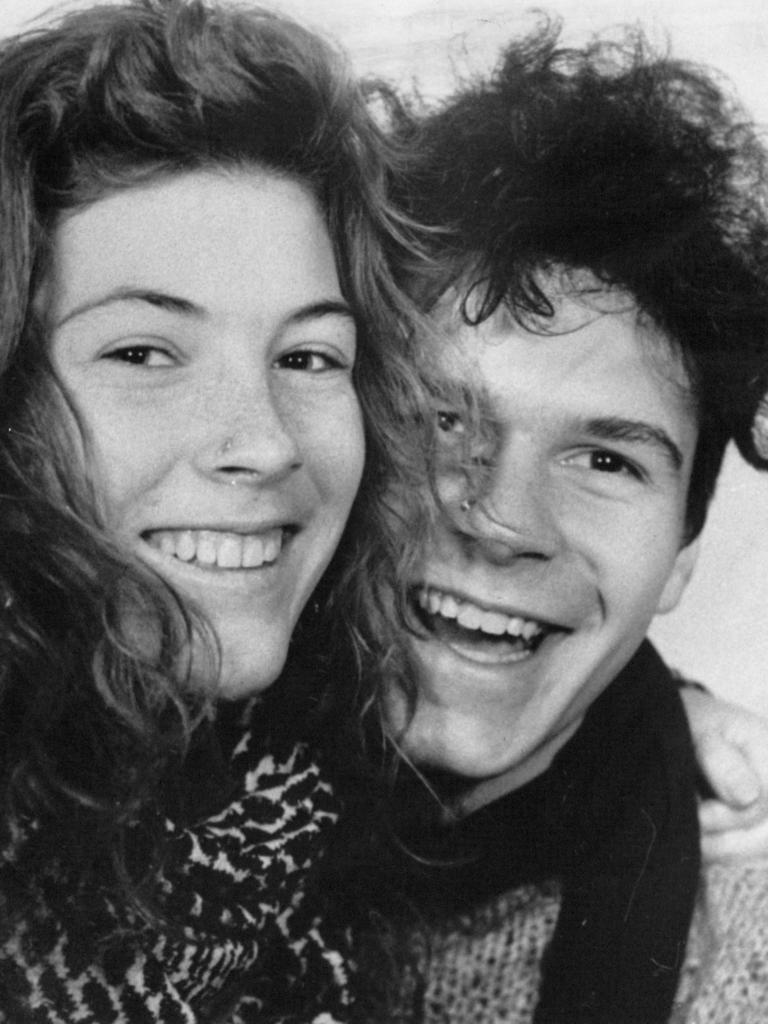
In December 1991, German couple Gabor Neugebauer, 21, and Anja Habschied, 20, were last seen leaving their backpacker hostel in Sydney’s Kings Cross to hitchhike to Adelaide and Darwin.
In November 1993, their bodies were also both found in the Belanglo State Forest, where it was determined Neugebauer has been bound and shot six times while his partner Habschied had been beheaded.
Then in April 1992, British travellers Joanne Walters, 22, and Caroline Clarke, 21, left Sydney to hitchhike around Australia.
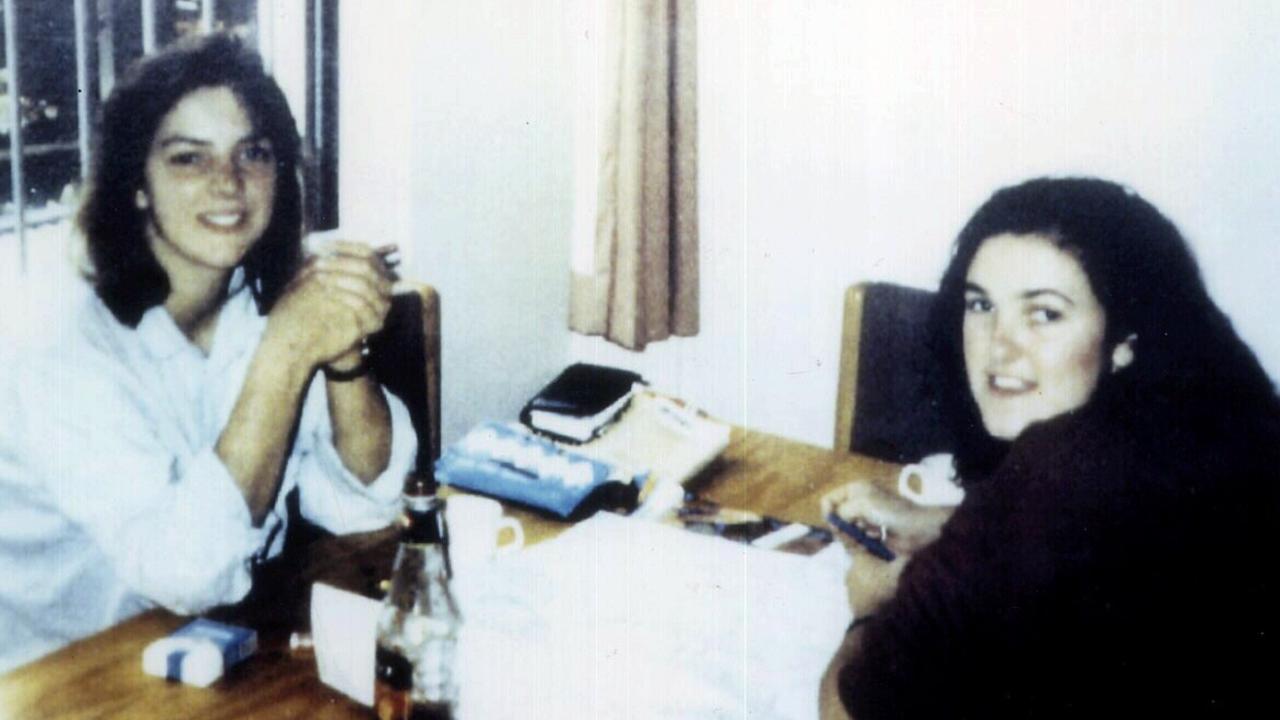
They planned to head to Victoria to pick fruit and made it to the Bulli Pass, near Wollongong, where they were last seen asking for directions to the Hume Highway.
Just months later, both the women’s bodies were found, with Walters being stabbed and Clarke being shot 10 times.
Locked up
Ivan Milat was arrested on May 22, 1994, and was found guilty of the murders of five women and two men two years later on July 27, 1996.
He was sentenced to life in prison without the possibility of parole.
Milat spent most of his sentence in high risk management at Goulburn’s maximum security prison and was known for suffering from depression, partaking in self-harming and the occasional armed riot.
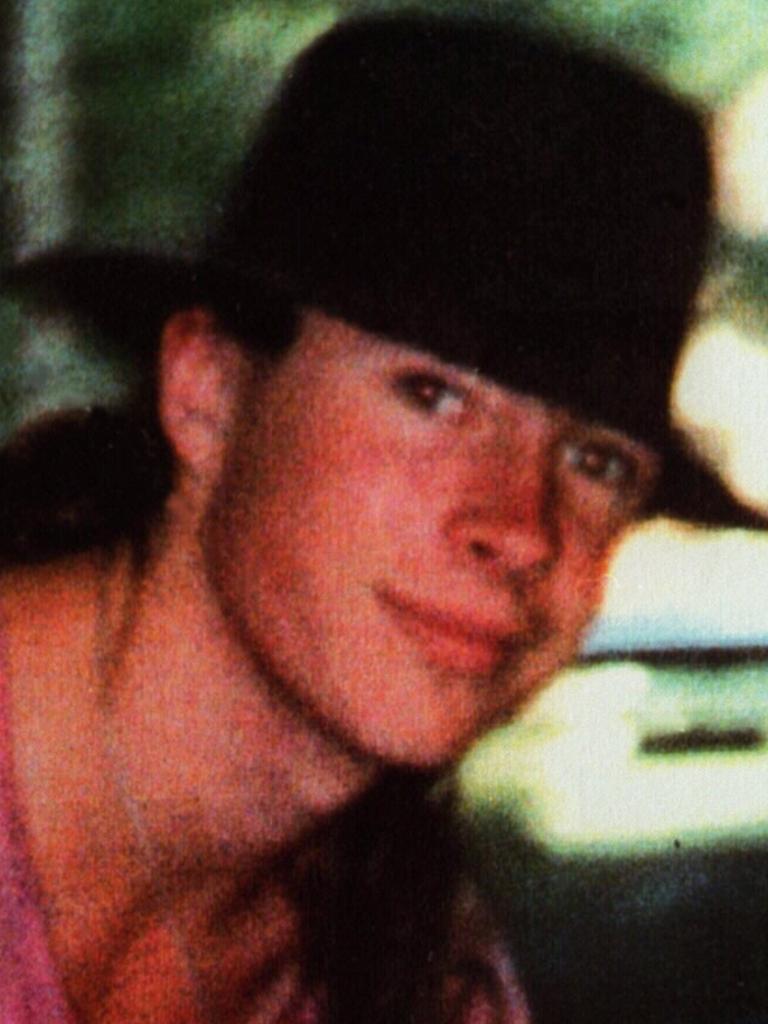
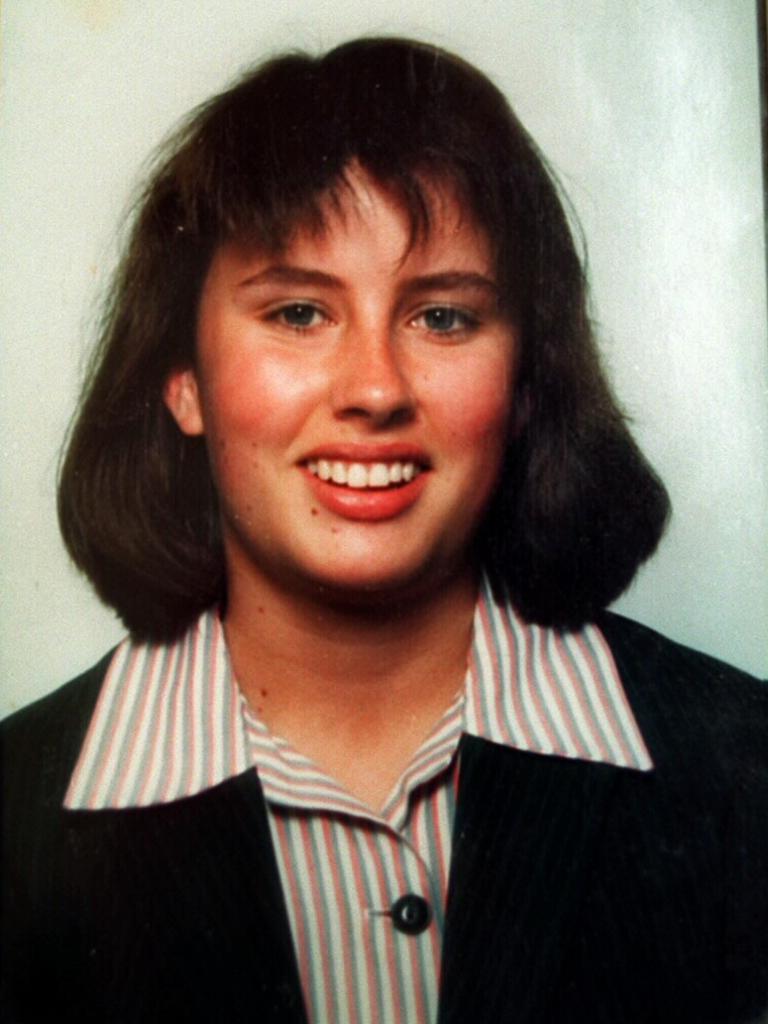
In 2001 he swallowed razor blades, paper staples, a tiny metal chain and the flushing mechanism from the toilet in his cell.
In 2009, he hacked his pinky off with a plastic knife, with plans to send it to the High Court of Australia to push for an appeal.
Milat lost 25kg in 2011 when he went on a hunger strike for nine days in an unsuccessful attempt to get a PlayStation.
In October 2018, he began having issues with his upper gastrointestinal tract. He suffered severe pain, struggled to eat and swallow and began to rapidly shed weight.
Milat was diagnosed with oesophageal and stomach cancer and died in the hospital wing of the Long Bay Correctional Centre in October 2019. He was 74 years old.

Secrets in the forest
Most who have heard Ivan Milat’s name think that we know everything there is to know about the notorious serial killer.
But could he have been harbouring some dark secrets that he took to the grave?
Over the years, many have speculated that the murderer’s kill count is far higher than the seven we know about, with some believing that there could have been anywhere from six to 20 more victims.
Former NSW police officer Meni Caroutas, who hosts the highly successful podcast series The Missing, believes it will only be a matter of time before we uncover more of Milat’s victims.
“I believe Milat had been killing people for decades. He started a long time before he was caught, and he would have continued if he hadn’t been arrested,” Caroutas told news.com.au.
“He was charged and found guilty of seven murders. I think you could certainly assume that you could at least double that number.

“All I will say, is how long is a piece of string? Nothing would surprise me with him.
“There are certain cases of murder where police have said it involved some hallmarks of a Milat killing, but it just lacks the evidence.”
Even on his death bed, Ivan Milat never confessed to any other murders.
Caroutas noted that the discovery of other victims would “mean everything” to the families of those who have been missing for decades.
“We know that he was an evil and gutless coward until the end, because he had the opportunity to confess and admit to other crimes, to give families some peace of mind, but he refused to.
“I suspect, and I hope for the sake of the families, that other unknown victims will be found. It would mean everything to them.
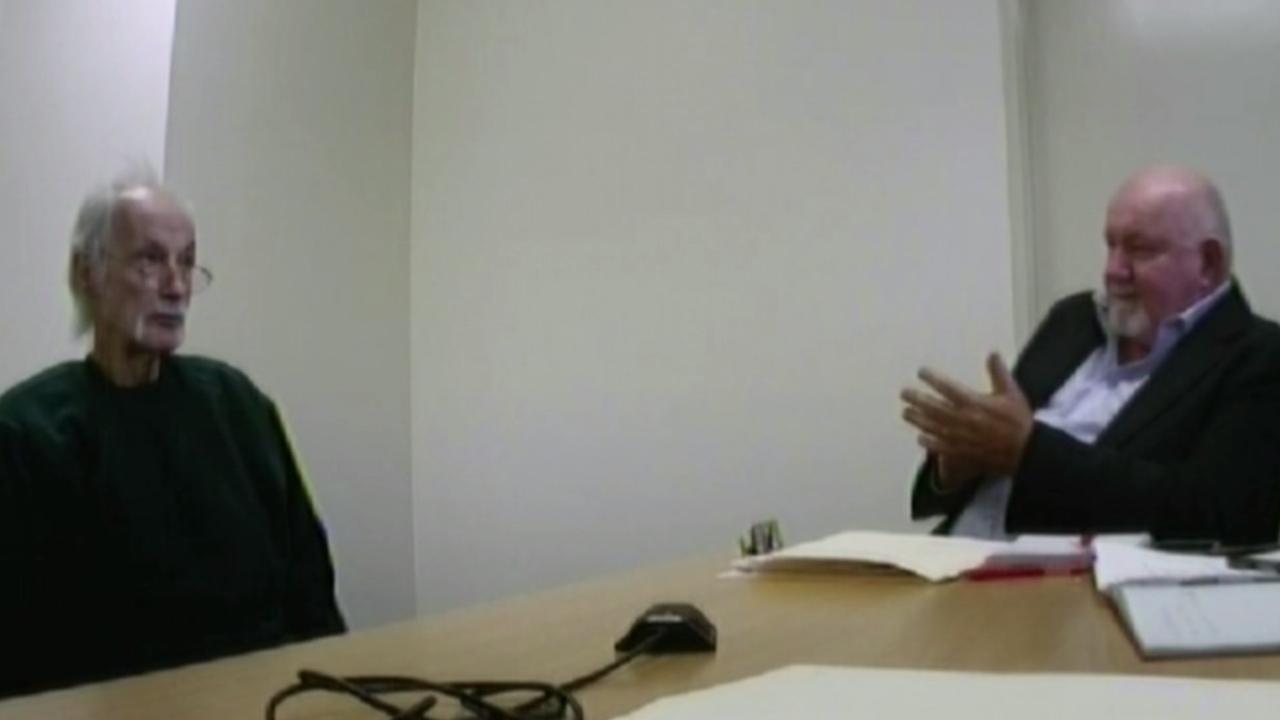
“Even though they likely know in their hearts that their loved one is deceased, they still hold a sliver of hope that they are alive.
“You can’t blame them for having that, regardless of what the circumstances are. If you don’t have hope, then you have nothing to live for.”
Born evil
While some may blame Milat’s rough upbringing, many believe that he was likely just born evil and suffered from mental health disorders that made inflicting pain easy and even pleasurable.
“I don’t know too much about his upbringing, but I think there were 12 or 13 kids,” Caroutas said.
“They lived in pretty terrible conditions growing up. There were also rumours that there was incest in the family, but these have not been proven.
“I think there are cases of people who are just born bad. Their wiring is not where it should be.
“Milat was evil and he evolved into a narcissist and psychopath who derived great pleasure from hurting and killing people.”
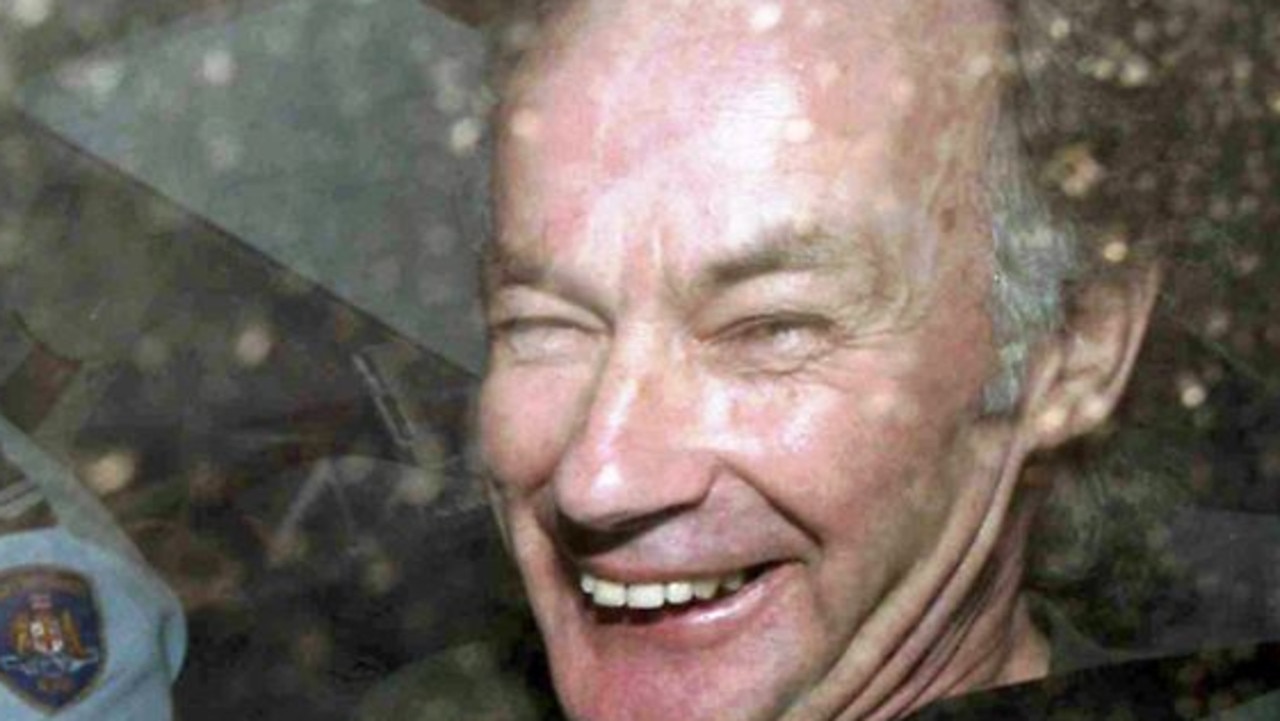
Caroutas recalls meeting with Milat’s family at one point in time and recalls feeling uneasy when meeting his sister Shirley, who is now deceased.
“It may sound strange, but Shirley had these beady little eyes, and it was almost like she was cross-eyed. That was unnerving,” he said.
“I remember going to a small flat in Brighton Le Sands, I went there alone and it was Shirley and two or three of Ivan’s brothers.
“Richard was there, and he didn’t say too much, he just had a really strange laugh.
“The way Shirley looked at me and the way she spoke. Everything she said was defensive of her brother.
“I mean blind Freddy could see that he was involved in these crimes, I mean there was so much evidence against him, particularly the backpack belonging to the victim.”

Did he act alone?
While police have never been able to prove it, many believe that Ivan Milat could have committed his atrocious crimes with the help of an accomplice.
Caroutas believes that if this were the case, his partner was likely a female.
“Ivan was very capable of carrying out these crimes by himself,” he said.
“He pulls a gun at the girl and then has complete control over the man, because the man is not going to do anything and risk his girlfriend being shot.
“I believe he committed some offences on his own, but I also believe he committed other offences accompanied by a female.
“I think people would be uneasy about getting into a car with two rough looking men, but if it looks like they’re just an elderly couple, people let their guard down.
“There absolutely has been terrible crimes committed by women, but we don’t really think of women as being serial killers.
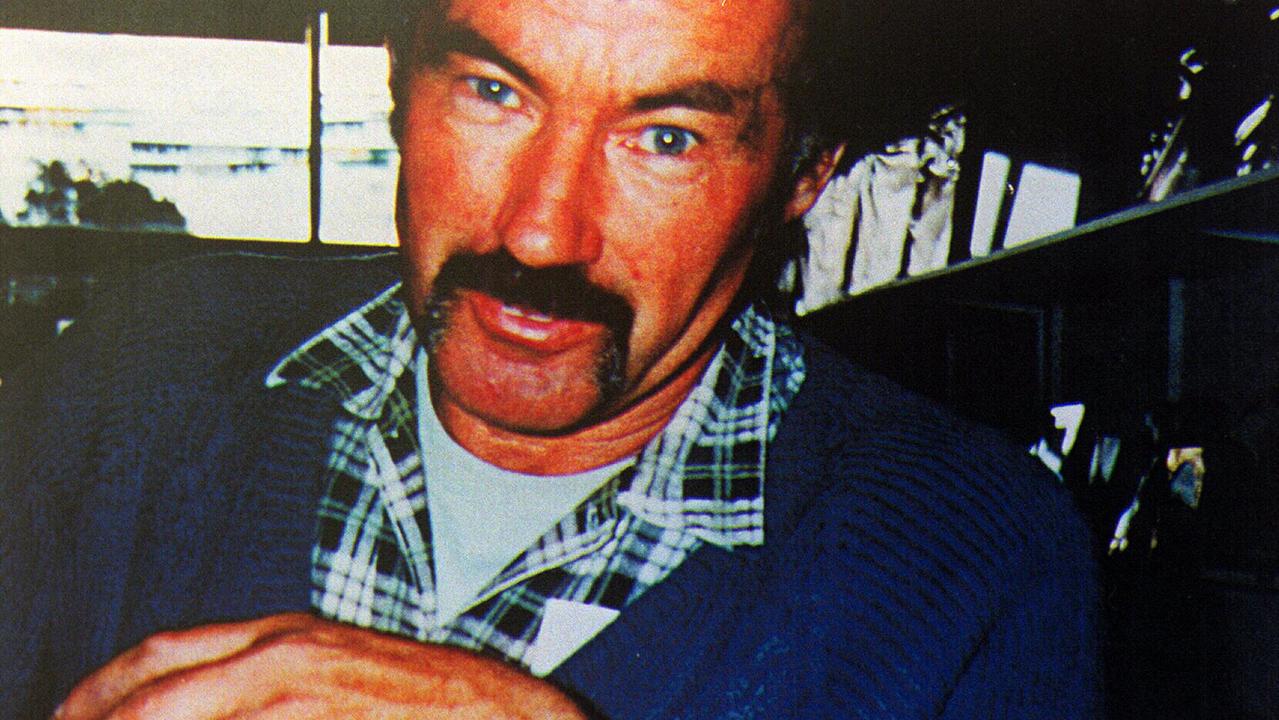
“So if there is a woman present, it provides a false sense of security.
“They think, I’m not just getting into a car with one strange man, there is another woman there, an older lady and she seems really nice.
I think that definitely would have helped lure in some of these poor people.”
When asked if he believed Milat’s sister Shirley could have been involved, Caroutas said it would be likely that detectives looked into this theory during their investigations.
More Coverage
“I would suspect that when he was first arrested, police looked at everyone in the family,” he explained.
“I am sure it has been considered, but the difficult thing is trying to prove it.”
Ex-policeman Meni Caroutas is the host of The Missing podcast which readers can listen to here.






